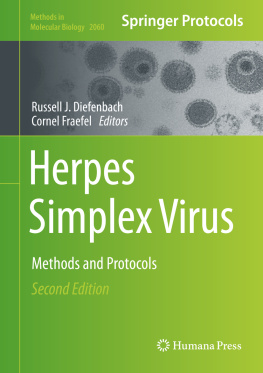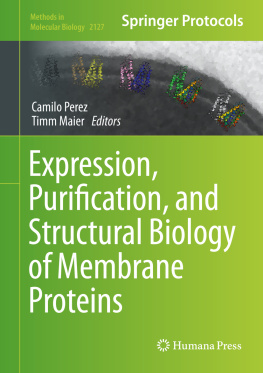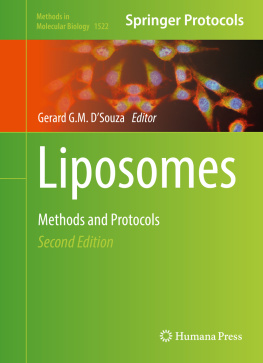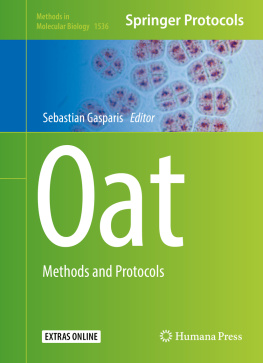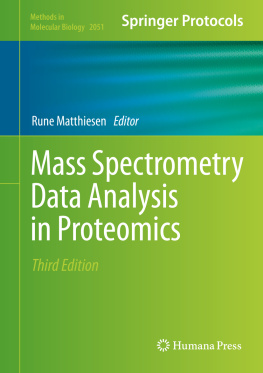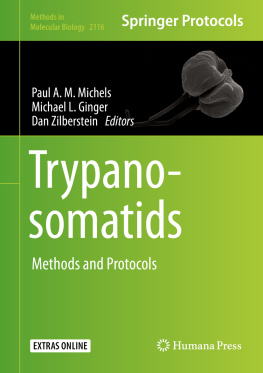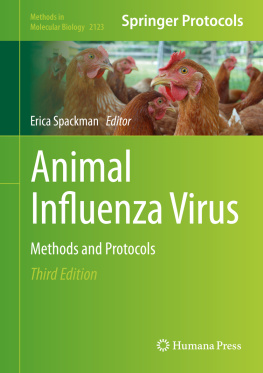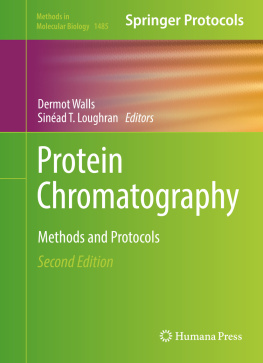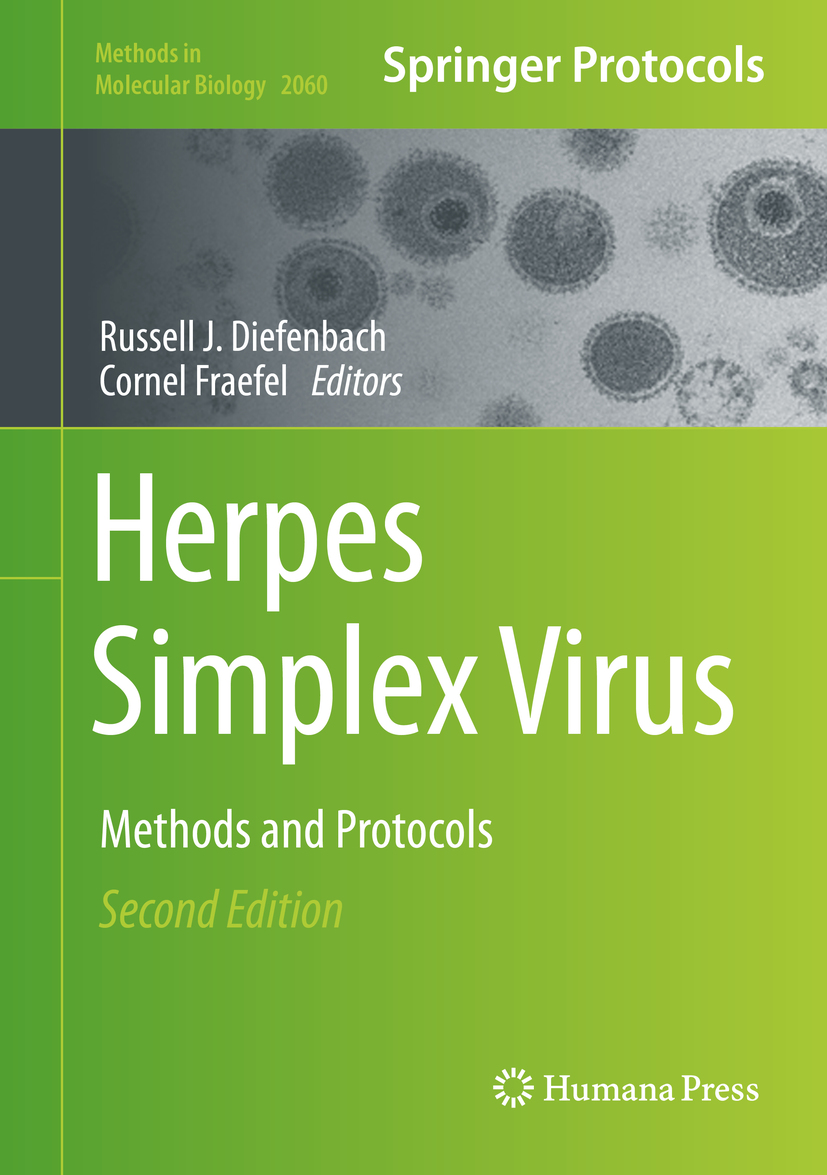Volume 2060
Methods in Molecular Biology
Series Editor
John M. Walker
School of Life and Medical Sciences, University of Hertfordshire, Hatfield, Hertfordshire, UK
For further volumes: http://www.springer.com/series/7651
For over 35 years, biological scientists have come to rely on the research protocols and methodologies in the critically acclaimed Methods in Molecular Biology series. The series was the first to introduce the step-by-step protocols approach that has become the standard in all biomedical protocol publishing. Each protocol is provided in readily-reproducible step-by-step fashion, opening with an introductory overview, a list of the materials and reagents needed to complete the experiment, and followed by a detailed procedure that is supported with a helpful notes section offering tips and tricks of the trade as well as troubleshooting advice. These hallmark features were introduced by series editor Dr. John Walker and constitute the key ingredient in each and every volume of the Methods in Molecular Biology series. Tested and trusted, comprehensive and reliable, all protocols from the series are indexed in PubMed.
Editors
Russell J. Diefenbach
Department of Biomedical Sciences, Macquarie University, Sydney, NSW, Australia
Cornel Fraefel
Institute of Virology, University of Zurich, Zrich, Switzerland
ISSN 1064-3745 e-ISSN 1940-6029
Methods in Molecular Biology
ISBN 978-1-4939-9813-5 e-ISBN 978-1-4939-9814-2
https://doi.org/10.1007/978-1-4939-9814-2
Springer Science+Business Media, LLC, part of Springer Nature 2020
This work is subject to copyright. All rights are reserved by the Publisher, whether the whole or part of the material is concerned, specifically the rights of translation, reprinting, reuse of illustrations, recitation, broadcasting, reproduction on microfilms or in any other physical way, and transmission or information storage and retrieval, electronic adaptation, computer software, or by similar or dissimilar methodology now known or hereafter developed.
The use of general descriptive names, registered names, trademarks, service marks, etc. in this publication does not imply, even in the absence of a specific statement, that such names are exempt from the relevant protective laws and regulations and therefore free for general use.
The publisher, the authors, and the editors are safe to assume that the advice and information in this book are believed to be true and accurate at the date of publication. Neither the publisher nor the authors or the editors give a warranty, express or implied, with respect to the material contained herein or for any errors or omissions that may have been made. The publisher remains neutral with regard to jurisdictional claims in published maps and institutional affiliations.
Cover caption: HSV-1 virions in the extracellular space of Vero cells prepared for electron microscopy by high-pressure freezing, freeze-substitution, embedding in epon and ultrathin sectioning showing core, capsid, tegument, envelope and glycoproteins. The size difference is due to the section plane. Bar = 100 nm. Elisabeth M. Schraner, Institute of Virology, University of Zurich, Zrich, Switzerland.
This Humana imprint is published by the registered company Springer Science+Business Media, LLC, part of Springer Nature.
The registered company address is: 233 Spring Street, New York, NY 10013, U.S.A.
Preface
Herpes simplex viruses type 1 and 2 (HSV-1, HSV-2) are important human pathogens. HSV-1, for example, has a worldwide seroprevalence of more than 80% in adults. The virus typically enters orofacial mucosal epithelial cells, where productive infection takes place, but it can also infect genital mucosa epithelial cells. Productive replication in epithelial cells leads to release of progeny virus at the site of host entry, from where the virus can access neurons of the trigeminal ganglia to establish lifelong latency and to create a reservoir for periodic reactivation . In immunocompromised patients, HSV-1 can cause severe meningoencephalitis or keratoconjunctivitis that can lead to permanent neurological damage and death or blindness, respectively, if not treated. The herpes simplex viruses have been the prototype viruses of the Alphaherpesvirinae subfamily and have been extensively studied for decades on all aspects of infection, replication, and pathogenesis. HSV-1 and HSV-2 have also become important tools to study cell biology and immunology, and for the development of innovative vaccines and vectors for gene- and tumor therapy.
It would be impossible to cover all aspects of methodology related to the investigation of herpes simplex viruses in one book. We hope in this second edition that we have again successfully encapsulated a significant breath of relevant methodology but also incorporated new rapidly developing technologies such as next-generation sequencing, CRISPR/Cas9 engineering, and the use of BioID to identify proteinprotein interactions. The chapters contained within will be of interest to immunologists as well as molecular and cell biologists. It will appeal to those researchers who wish to initiate molecular- and/or cellular-based approaches to investigate HSV. Many of the techniques can be readily translated to other closely related herpesviruses .
The first two chapters of this book include comprehensive reviews on HSV-1 biology and life cycle and the current state of play in antiviral and vaccine development . These are followed by a wide collection of protocols, including basic protocols on growing viruses in cell culture and manipulating viral DNA . Other chapters describe approaches to design and application of HSV-1 vectors for cancer- and gene therapy , or to study specific aspects of HSV-1 biology such as latency , intracellular transport, and proteinprotein interaction using a number of cell culture and animal models . Rapidly developing areas such as the topic of extracellular vesicles , in the context of HSV-1, have also been included. Procedures for structural analyses, microscopy, proteomics , and testing of antivirals are included as well. The methods provided are intended to aid new researchers in the field of herpes virology as well as those experienced investigators wishing to embark on new techniques.
We would like to thank all who have contributed to the completion of this book, in particular the authors of the chapters. We would also like to thank the editor of the Methods in Molecular Biology series, John Walker, for his constant support during the preparation of this volume. We gladly accepted Johns invitation to co-edit a second edition of a HSV protocols book largely based on our prior experience with the first edition and how well it has been received. Finally, we hope that our book will help many researchers in the herpes virus field in their pursuit of understanding the complex interactions between herpes virus and host. Still, much remains to be discovered!
Russell J. Diefenbach
Cornel Fraefel
Sydney, NSW, Australia Zrich, Switzerland

